Dell Latitude 13 Review
Dell Latitude 13
Dell's MacBook Air equivalent for those who can't afford an Adamo?
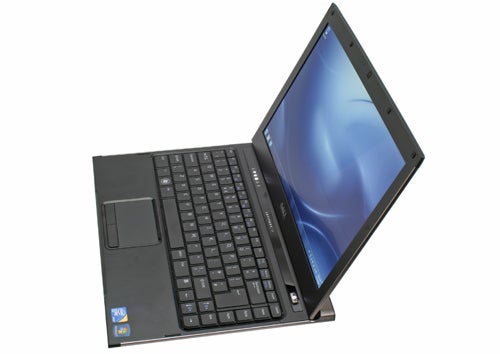
Verdict
Key Specifications
- Review Price: £746.13
Starting off with that design, while no Air killer it is very attractive by PC laptop standards. First there’s its thinness, which goes from 16.5mm at the front to an almost equally svelte 19.7mm at the rear, comparing reasonably well against the original MacBook Air, which was 19mm at its thickest (though that has now slimmed down to 17mm). The Latitude’s starting weight is a light 1.5kg too, so it’s eminently portable.
While Dell doesn’t go as far as Apple in making its laptop’s entire body metal, the majority of the outer shell is thick, machined aluminium with tapered edges and a smooth finish. This is easy on the eye, doesn’t pick up dust or fingerprints easily, and means build quality is superb. Even the lid’s hinges are zinc-reinforced. In these regards it’s easily the best chassis we’ve seen on a non-ruggedized, business-oriented laptop. The only exceptions to the metal outer shell are two strips of thick black plastic on the front edges, and a strip at the back which houses the Latitude’s connectivity.
Opening it up, the entire inside is the same matt, sturdy plastic as the edges. Both the screen’s bezel and the palm-rest/keyboard surround are beautifully clutter-free, with nothing breaking the smooth lines. The optional webcam and a glossy strip just above the keyboard (with white-backlit icons and the chromed power button) are subtly integrated, and we love the simple but elegant overall effect.
As usual with Dell, the Latitude 13 is completely customizable, starting off at £359 (excluding VAT) for a base spec of a 1.3GHz single core Celeron, 1GB of RAM and a 160GB, 5,400rpm hard drive running Ubuntu. Our sample was thankfully a little more powerful, sporting an Intel CULV Core 2 Duo SU7300, which though it runs at the same 1.3GHz clock speed is considerably faster thanks to its architecture, dual cores and extra cache. 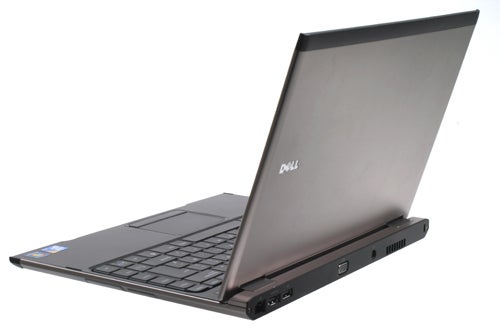
It still only sports 1GB of RAM though, which might be a tad restrictive for the installed 32-bit version of Windows 7 Professional. Though not quite Apple-esque, the £30 (excluding VAT) Dell charges to up this to 2GB is not cheap either, but we would recommend it as essential. On the other hand, the £109 4GB demands is simply too much.
The hard drive is a more generous 250GB model, and better still, runs at a speedy 7,200rpm. Upgrading to 320GB costs only £12, while £78 gets you a 64GB SSD. Both Bluetooth and Wi-Fi N are part of the base spec, but a webcam isn’t, and will set you back another £16. All-in then, you’re looking at £618 excluding VAT for our sample configuration, bringing the total with VAT and delivery to £746.13.
With its stylish design, superb build quality and reasonably flexible specification, the first area where Dell’s Latitude 13 really falls down is in its connectivity – or rather, lack thereof. Unlike the MacBook Air, you do get a Gigabit Ethernet port and one of its two USB ports doubles as eSATA for hooking up fast external storage, but for video you can only output over analogue VGA. While this is more forgivable on a laptop that isn’t primarily consumer-oriented, it doesn’t gel at all well with the machine’s premium looks and pricing. At least headphone and microphone jacks are conveniently located at the front.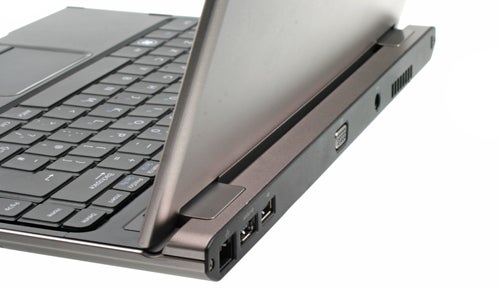
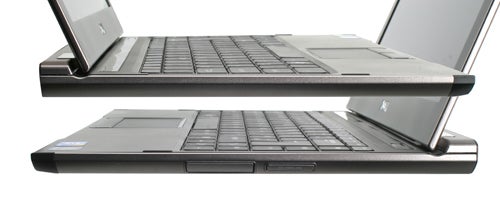
Unfortunately, in use the keyboard isn’t as good as that found on the far cheaper Inspiron M301z, but it’s good enough that typing is still fairly pleasant. Layout is what you would expect, though some of the secondary functions could have been spaced better. The large, tile-style keys offer positive if rather shallow feedback, except for the spacebar which was slightly loose and too loud for our liking. The touchpad doesn’t support multi-touch but is still nice to use, with a smooth surface and two distinct buttons which offer great feedback. 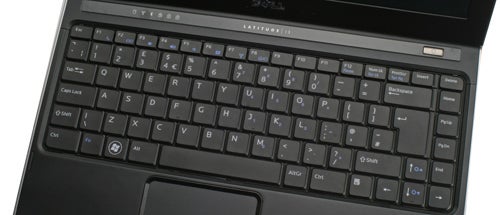
Getting onto visual performance, the Latitude 13’s 13.3in screen is on the good side of average, as it’s not particularly strong in any area but doesn’t suffer from any glaring faults either. Its 1,366 x 768 resolution is standard for the screen size, and it’s reasonably sharp. In our greyscale test it failed to distinguish either the lightest or darkest shades, meaning you’ll inevitably lose out on some subtle detail in films. There was little banding and backlighting was slightly uneven, though light bleed was almost unnoticeable. While vertical viewing angles are predictably poor, horizontal ones are halfway decent by business laptop standards. 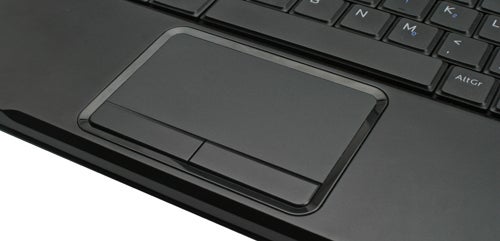
Sonically, meanwhile, this ultraportable is impressive. While there is a slightly hollow, tinny quality to the speakers, they pump out a decent volume with a fair amount of detail and no obvious distortion. The one caveat is that, since they’re facing down, having the machine on your lap or a couch might muffle the sound.
Intel’s Core 2 Duo architecture, which is still the only option for the Dell Latitude 13, is getting on a bit and it shows – especially when compared with the processing power of currently available, similarly-priced laptops such as the HP ProBook 5320m‘s Core i5 and Toshiba Portege R700‘s Core i3. Having said that, the 1.3GHz SU7300 dual core should still be fine for the average workload, and isn’t badly balanced with this Latitude’s other (equally underwhelming) specifications.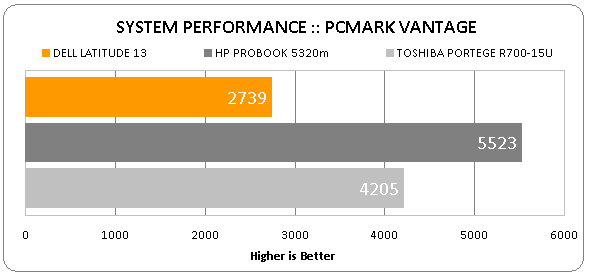
You can categorically forget about any kind of 3D gaming on the Latitude 13, with a pathetic 12.9fps in TrackMania Nations Forever making for a particularly poor showing. 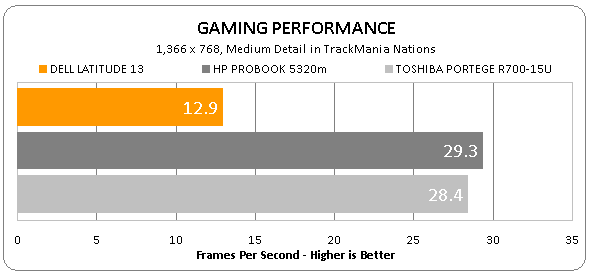
We weren’t expecting amazing battery life considering this Latitude’s slimness, but its result of just three hours and twenty minutes was even lower than we had feared. Combined with the fact that the battery is non-removable and that battery life will degrade over time, it dramatically limits this Dell’s appeal, and anyone who works away from a socket for three or more hours at a time will want to give this laptop a wide berth.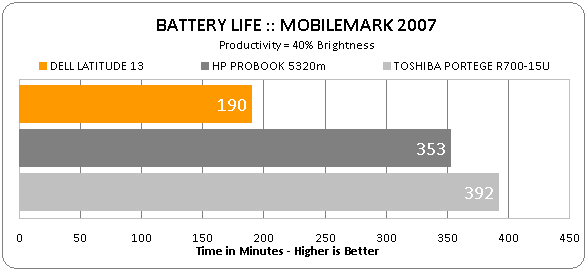
So there we have it. The Latitude is undeniably attractive and build quality is superb, but it’s not a machine for anyone who prefers substance over style. At £746.13 for our review model, it’s overpriced, underpowered, suffers from a severe lack of connectivity and features, and tops it off with woeful battery life.
If you’re looking for a 13.3in laptop that’s a little more rugged than your average consumer laptop and looks fairly stylish, the ProBook 5320m is a good choice and gives you a 2.4GHz Core i5, 4GB of RAM and a 500GB hard drive for less money. The Portege R700 also offers excellent build, better specifications, a boatload of connectivity and features, and battery life that’s over twice as long, again for less. Both of these also sport metal lids and palm-rests, and extra protection such as drive sensors. 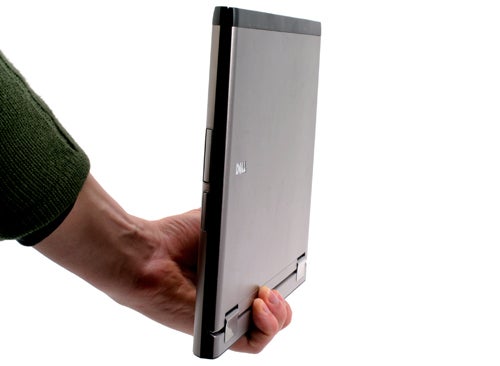
If on the other hand style is your primary concern, spend a bit more to get an Adamo or a MacBook Air.
Verdict
If you can live with its limitations and can’t stretch your budget beyond £750, Dell’s ultraportable Latitude 13 offers looks, sleekness and build quality that few PC laptops can match. However, for most people it suffers from far too many shortcomings for us to recommend it.
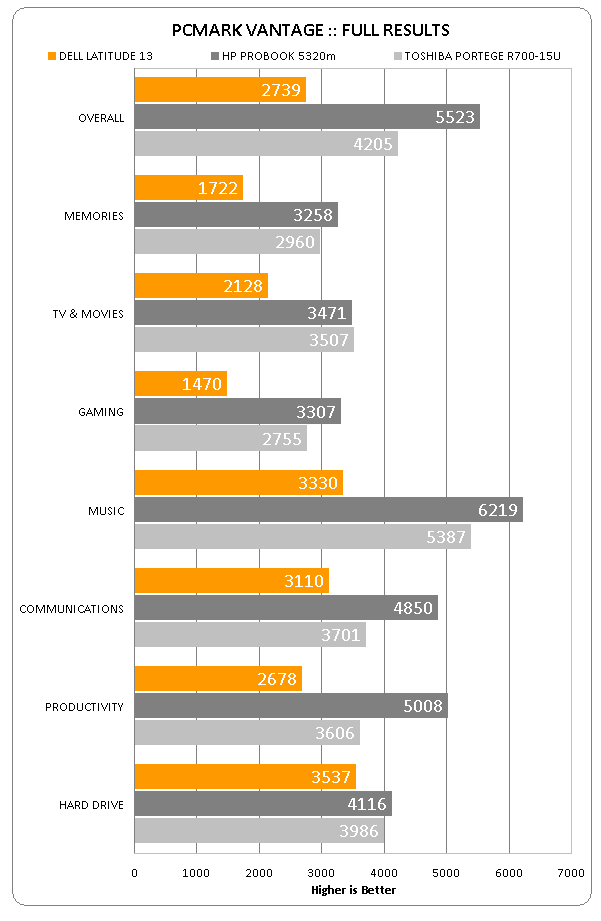
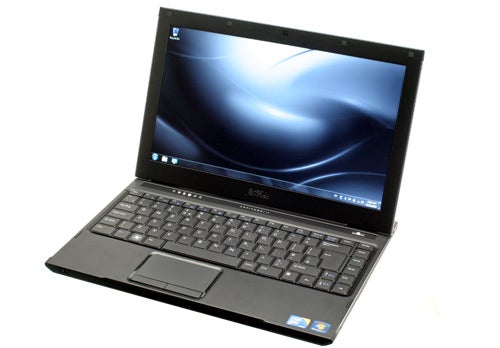
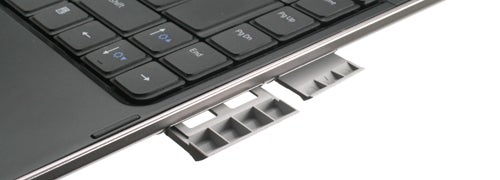



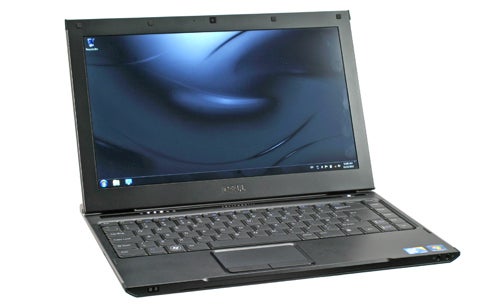
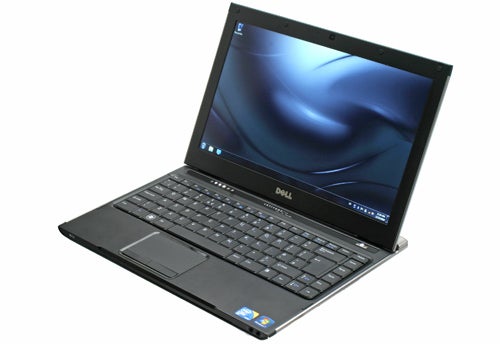
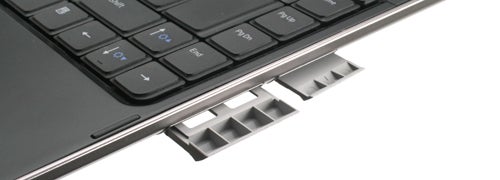



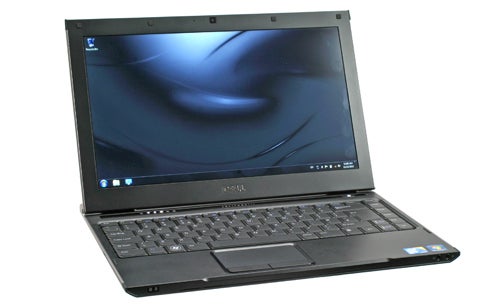
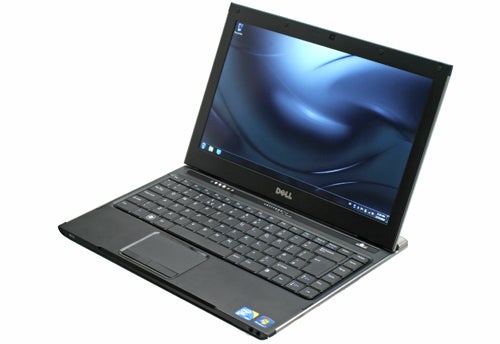
How we test laptops
Unlike other sites, we test every laptop we review thoroughly over an extended period of time. We use industry standard tests to compare features properly. We’ll always tell you what we find. We never, ever, accept money to review a product.
Trusted Score
Score in detail
-
Performance 5
-
Design 9
-
Value 6
-
Features 5
-
Battery Life 4
Processor, Memory & Storage
| Processor | Intel CULV Core 2 Duo SU7300 |
| Processor Speed Standard (Gigahertz) | 1.3GHz |
| Memory (RAM) (Gigabyte) | 1GB |
| Hard Disk Drive (HDD) (Gigabyte) | 250GB |
| Hard Disk Drive Speed (RPM) | 7200rpm |
| Solid State Drive (SSD) | No |
| DVD Optical Drive | No |
Graphics & Sound
| Display (Inch) | 13.3in |
| Display Finish | Matt |
Software
| Operating System | Windows 7 |
Other
| Battery life (Hour) | 190hr |
| Type | Other Laptop |
Physical Specifications
| Weight (With Battery) (Kilogram) | 1.5kg |

